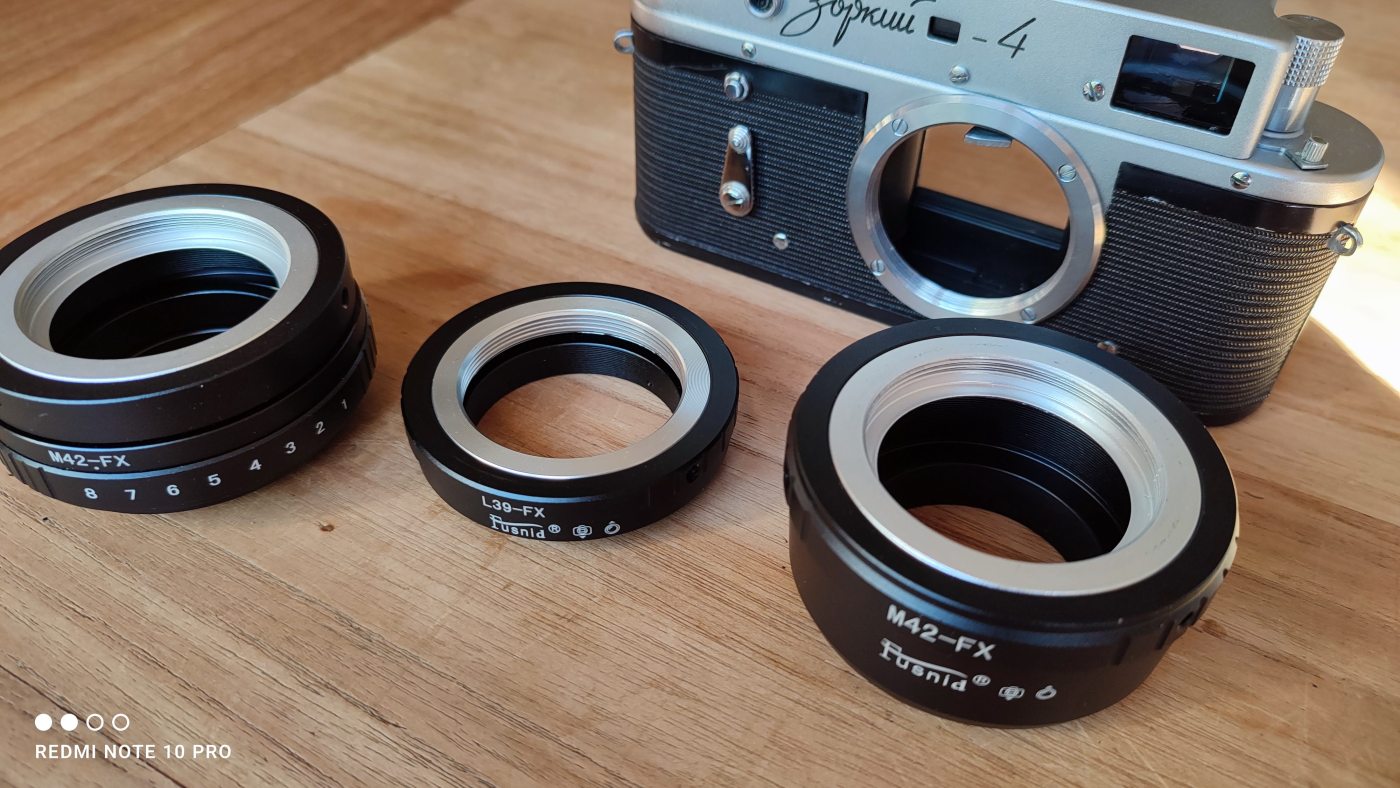A long time ago I was very interested in Russian rangefinder cameras, SLRs and lenses.
Later, when I also owned some digital cameras, I wanted to use Russian camera lenses on my digital cameras,
I also wanted to use M42 lenses from my old Pentax cameras on Russian rangefinders.
That turned out not to be so easy.
But when I get interested in something, I also go to the limit.
In this case that was a good thing, otherwise I couldn’t write this article today.
You may have experienced it yourself or read it somewhere :
an old lens mounted with an adapter on a digital camera cannot focus to infinity, or the resulting image is completely blurred.
The reason for this can be a bad (cheap) adapter, but it is more likely to be just a wrong type adapter.
Just because you find an adapter with the correct thread / bayonet for your lens and camera does not mean that you have the right adapter. The correct adapter, and more specifically its length, is determined by the FTF – Flange to Focus – Flange to Film – FFD Flange Focal Distance, many different names for the same thing, in short we call it the “Register”.
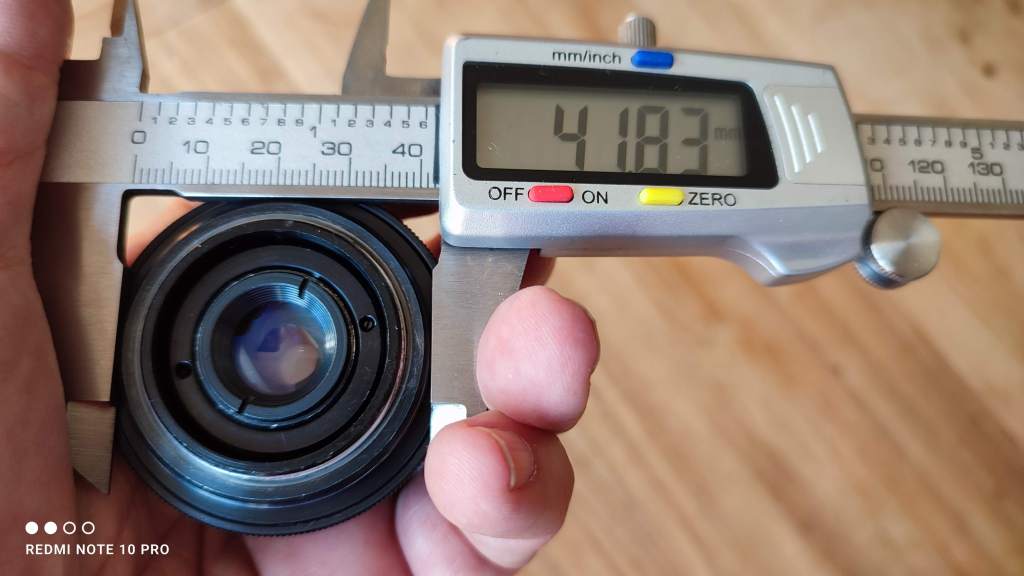
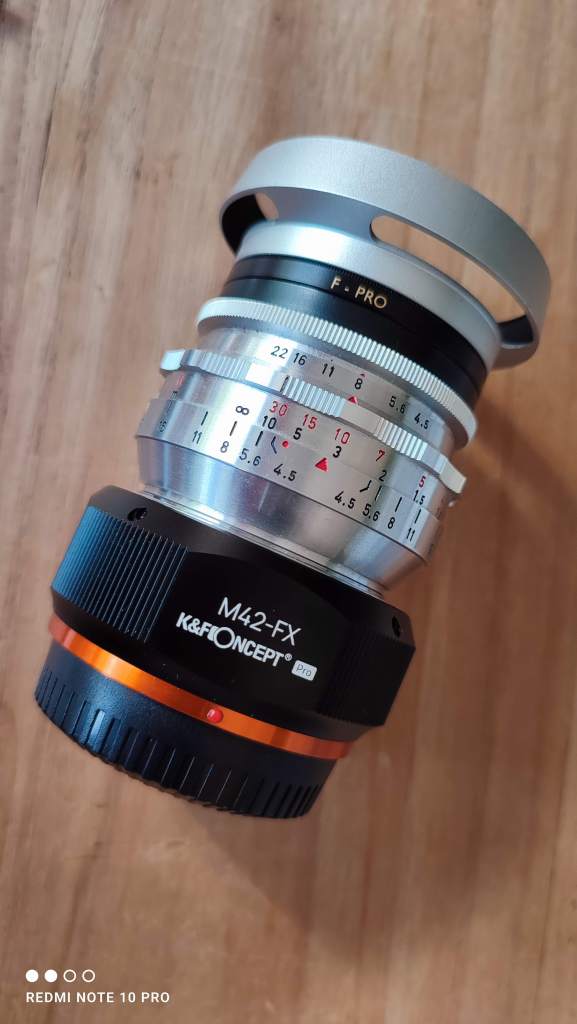
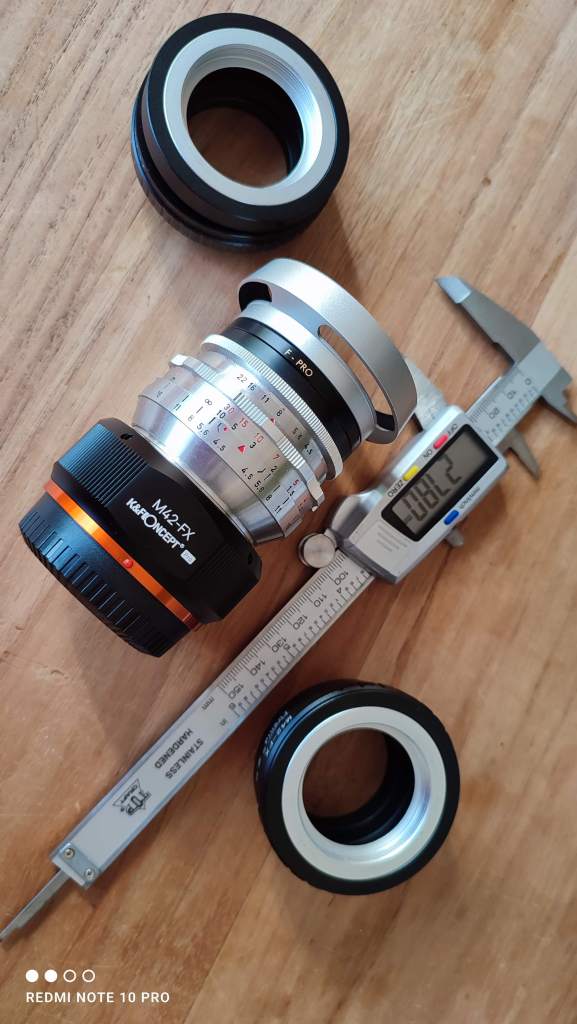
We will solve the easiest problem first.
In the early adapter days, a common problem with cheaper adapters (I’m not saying bad ones) is that focusing succeeded, but when got to infinity, the image became blurred again, or infinity does not correspond to the mark on your lens but is just a few millimeter earlier, which can be annoying for some people.
The reason is that the manufacturer does not always take the length of the adapter very seriously, and that length is very important.
Today most adapters are fairly good, especially if you buy the more “well known” but not more expensive, like K&F Concept, Fusnid …
A solution ? well, on the internet and youtube there are guides to adjust the focus of a lens so that the infinity mark matches again. Do I recommend this? no, unless you are experienced in this sort of thing, you better stick with it or buy a better adapter.
But the most common problem is that a lot of people think that you can solve everything with an adapter, and that it is that simple.
Well, some connections between lens and camera are quite simple, for example M42 lenses, for this type of lens you can find an adapter for almost every camera.
However, not everything is as it seems, and I experienced that myself years ago.
I bought a telephoto lens on a second-hand site, according to the seller it was an M42 – bought it, tried it, and it did not fit – the reason ? it was a T mount, which also has a diameter of 42mm but a pitch of 0.75 instead of 1mm.
And so I’ve learned a lot over the years about lenses that look the same, but aren’t the same.
You need to know some basic concepts, first of all that’s the “Register” and what it means.
The Register (for an analog camera) is the distance between the beginning of the lens mount and the film – for a digital camera its is actualy the same : the distance between the beginning of the lens mount and sensor.
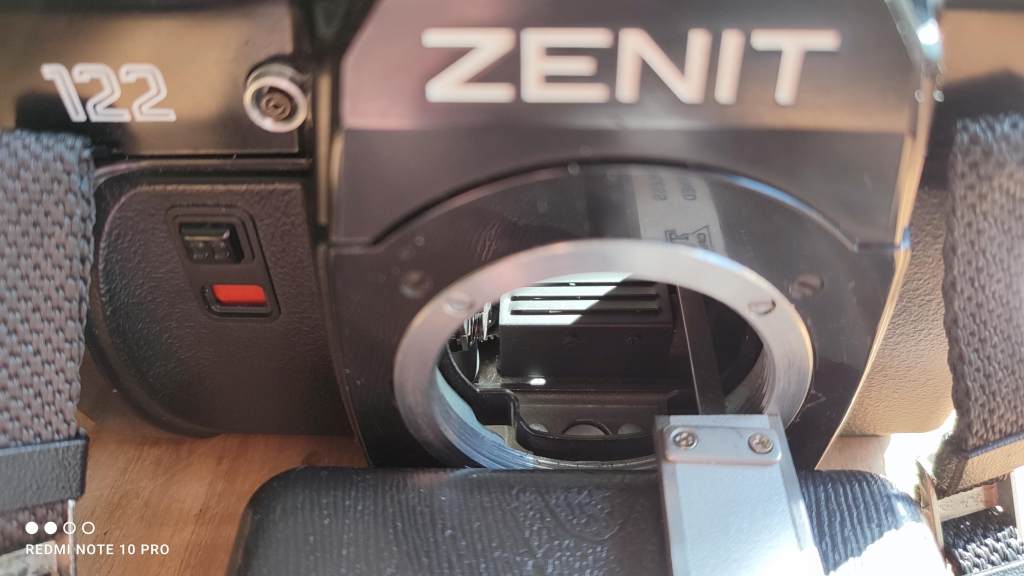
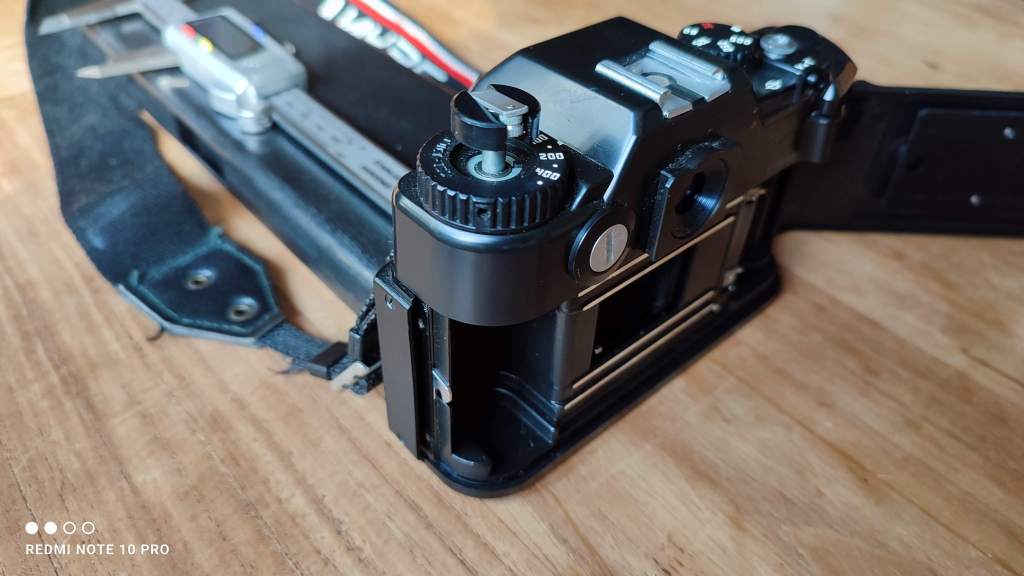
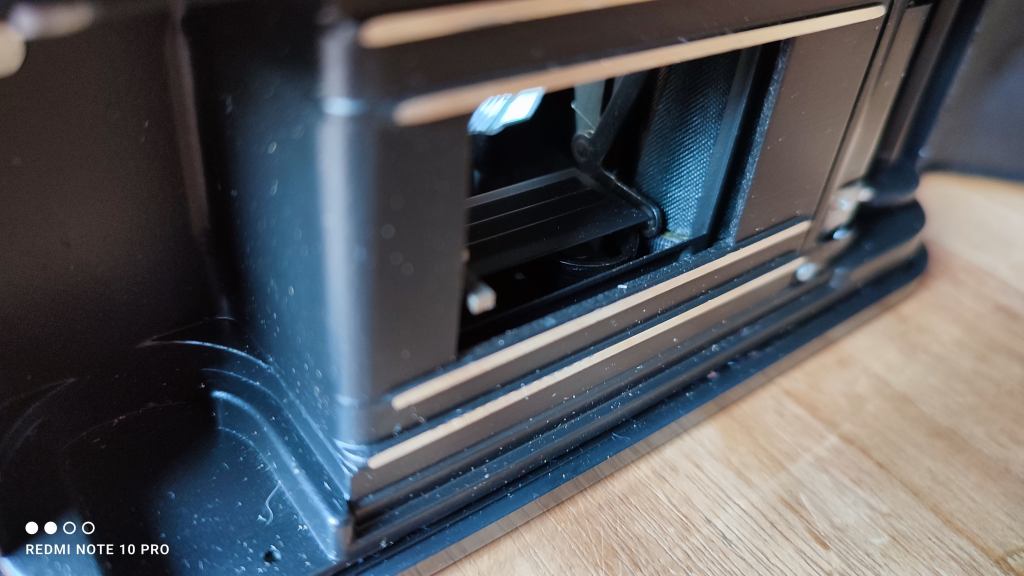
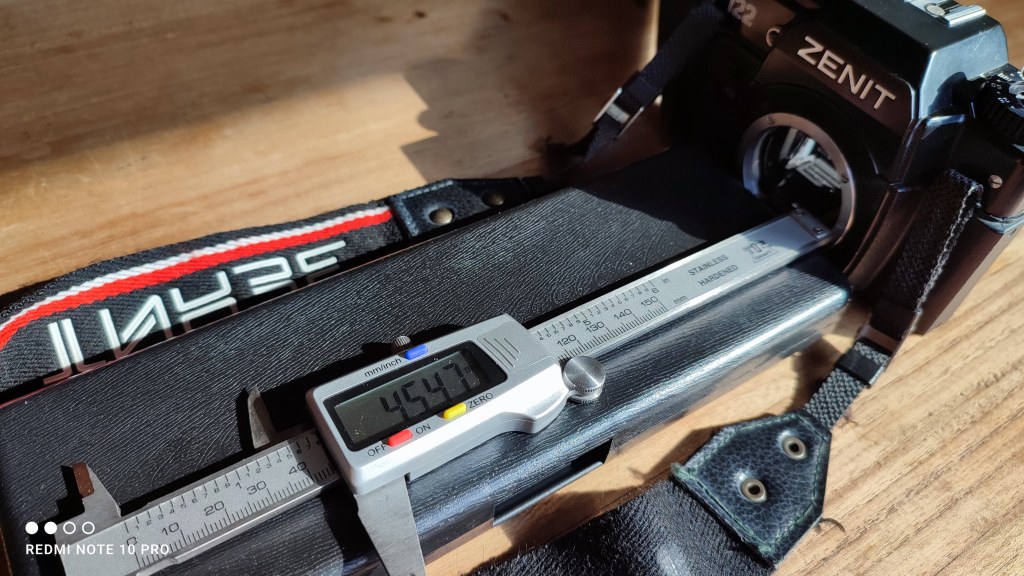
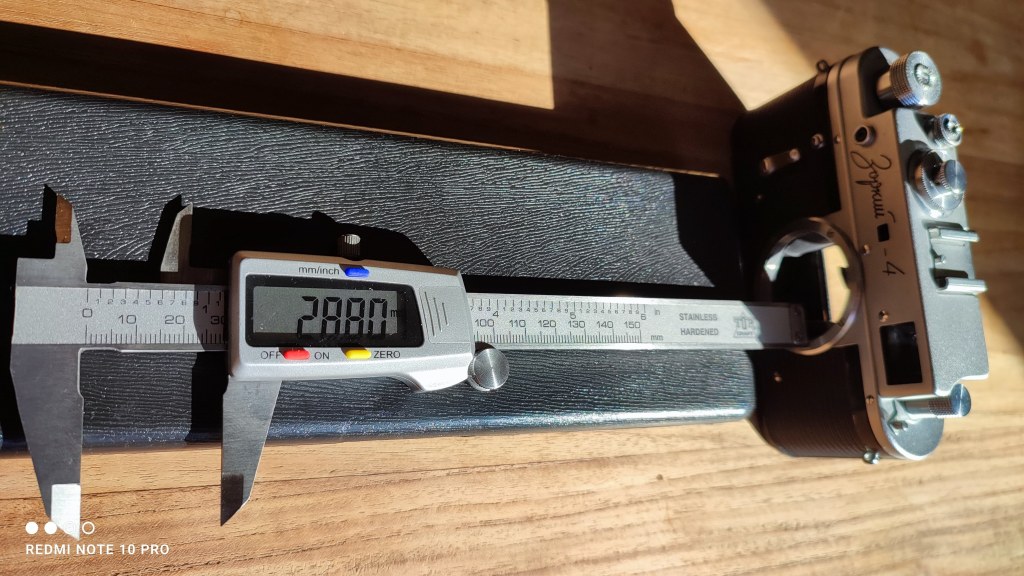
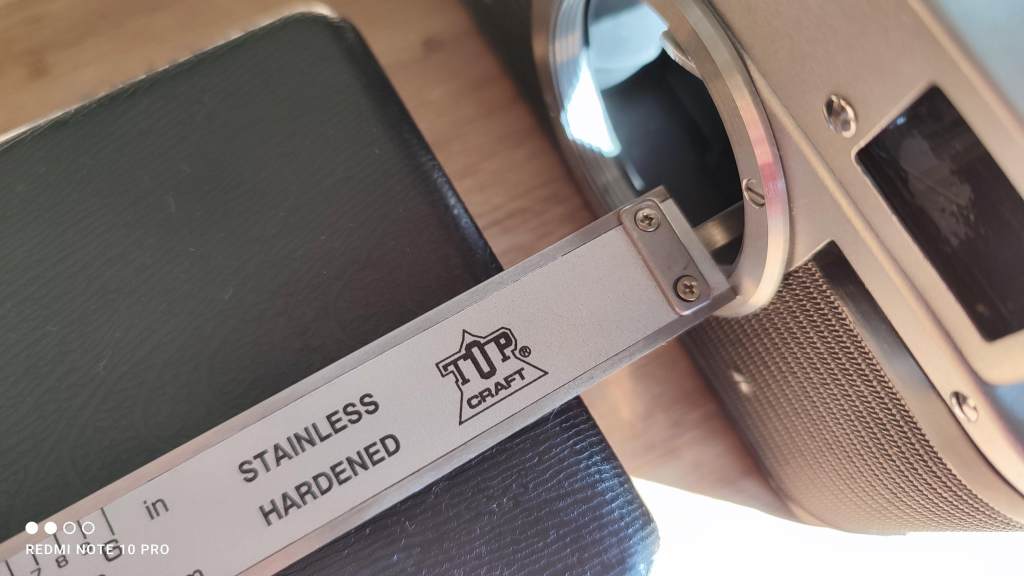
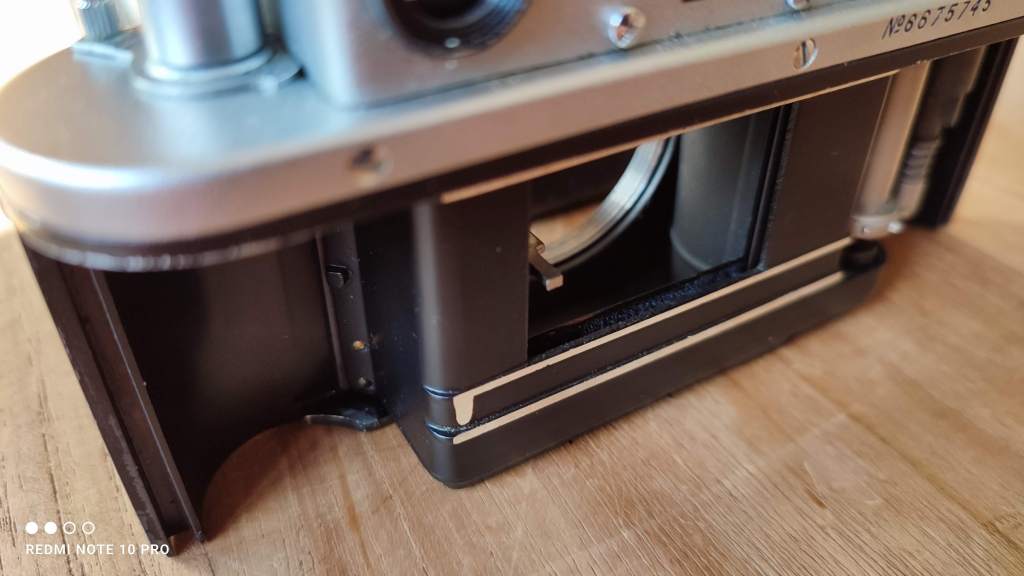
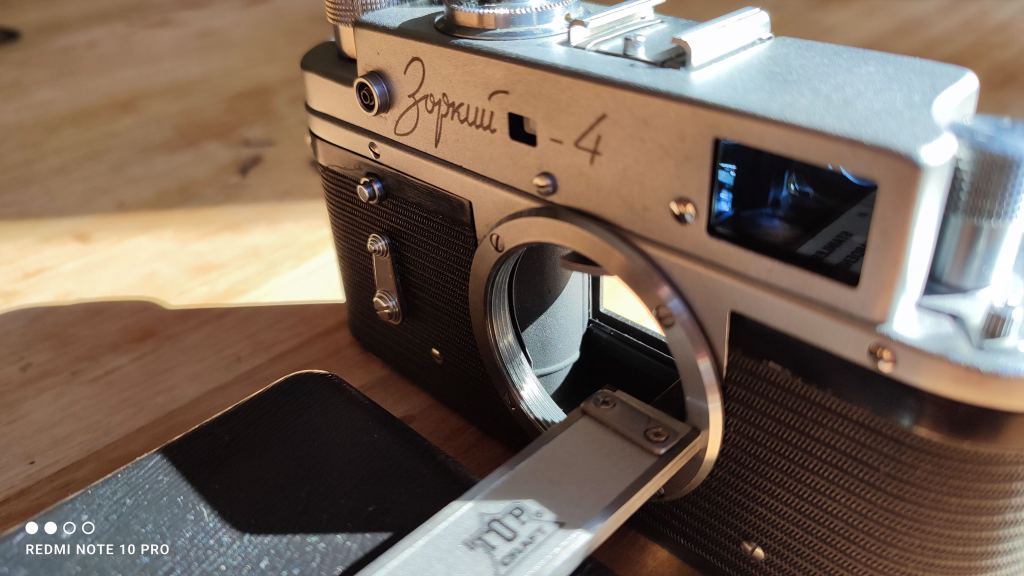
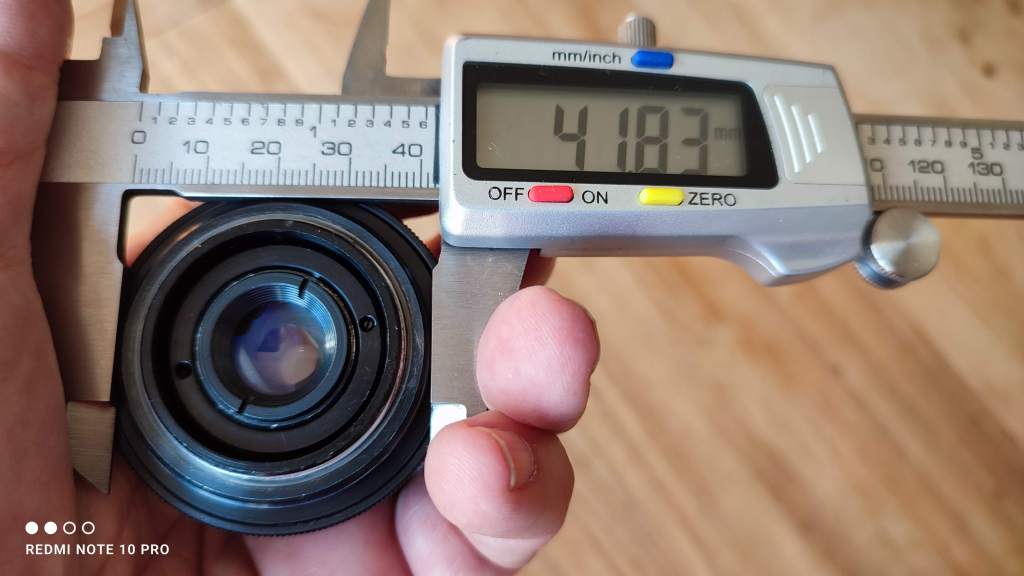
Do I have to start measuring if I want to buy an adapter ?
No, for this there are some tables where we :
one – being able to find our camera
two – the lens we want to attach to that camera
and further it is a matter of calculation.
So what is important is that you know exactly what type of camera the lens you want to adapt normally fits – was this an SLR or rangefinder? which brand ?
You can then look this up in one of the following tables:
– https://www.graphics.cornell.edu/~westin/misc/mounts-by-register.html
– https://briansmith.com/flange-focal-distance-guide/ or here https://en.wikipedia.org/wiki/Flange_focal_distance
Mirrorless cameras are the easiest to adapt to,
that’s because they have a short or small “Register”.
In the most ideal case, the lens to be adapted has a longer “Register”,
subtract the register of the camera from the register of the lens and you will know the thickness of the adapter.
This size gives you a quick idea of what your adapter should look like.
But it happens that the difference between the register of the camera and lens is too small or even negative, then there are adapters with a built-in lens – so-called “Focal Reducers” or “Boosters”, these ensure that the register still matches.
I would not recommend this type of adapter,
any adapter that has a lens in it will detract from the reason why you would adapt a lens in the first place.
No matter how good the adapter and the quality of the lens part, the original lens properties and/or qualities are affected.
In other words, you want to connect a vintage lens and its associated special glass properties to your camera through an adapter with a modern piece of glass in it – really ?
Even if you have a large collection of lenses from an older camera, it is better to sell them than to use an adapter with a piece of glass in it.
So, with the above information you should be able to make a flawless connection between your camera and a vintage lens.
But remember, it’s very important to know what type of camera your vintage lens was attached to, as the screw thread or bayonet might lead you astray.
One last but very famous example, LTM or M39, better known as Leica thread mount – probably the mount with the most common problems in adapting,
it’s not actually a metric thread,
and there are a lot of differences in pitch, or threads per inch,
and also there are many differences in “Registry”.
Many different brands used this diameter, such as Leica, Canon, Zenit, Voigtlander and FED to name a few.
The problem is
one, in the different pitch distances (threads per inch)
two, in the different camera types – some are rangefinders (short Register), others are SLR (long Register),
and that makes it very complicated!
If you can’t determine the mount and camera type for sure, you could be in trouble – and in many cases the seller won’t know either.
Good luck with adapting vintage lenses !
Discover more from Open Source Photography
Subscribe to get the latest posts sent to your email.


